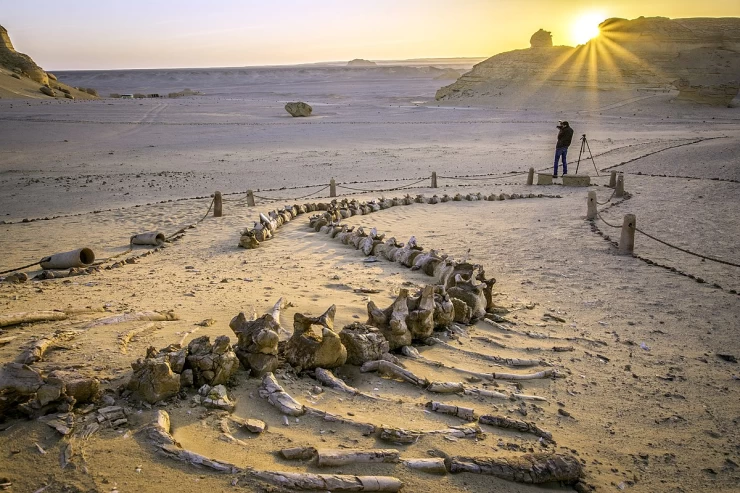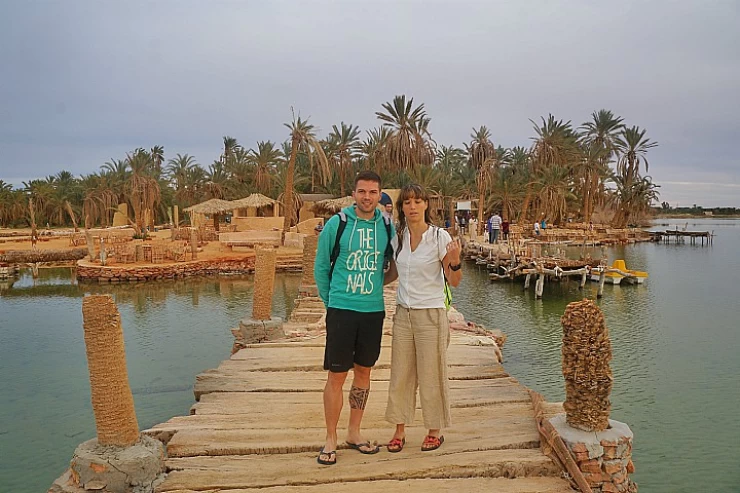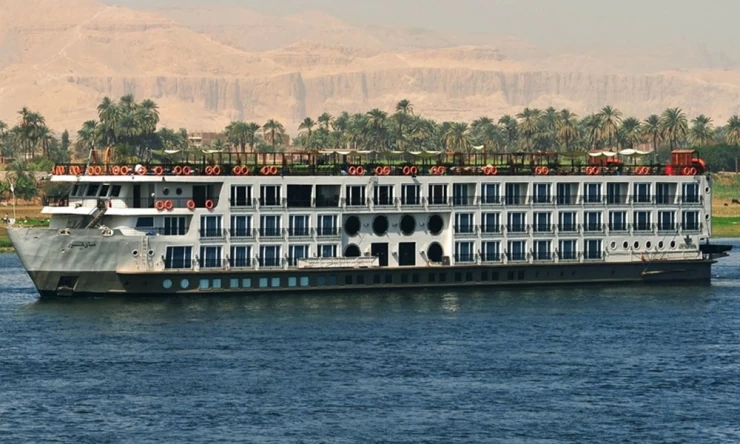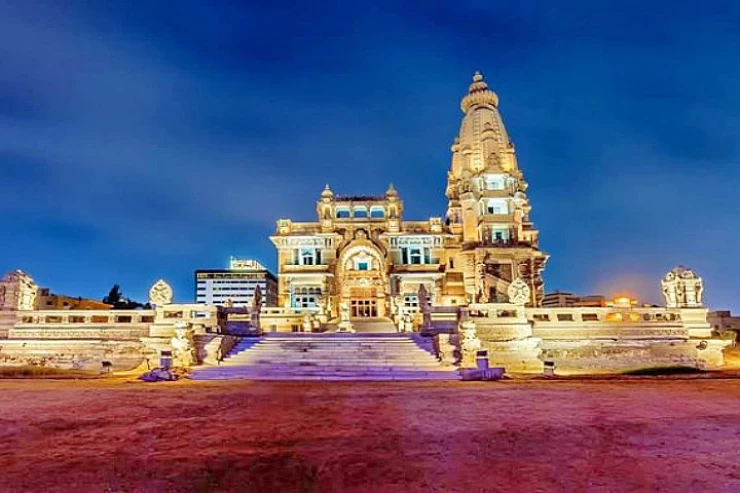
Ancient Egyptian Civilization
Facts about Ancient Egyptian Civilization
The Egyptian civilisation is one of the most important civilisations in the ancient world, and it is also one of the oldest civilisations to have recorded its history. The history of Egyptian civilisation is divided into two main sections; the first section is the prehistoric era, which was the beginning of the settlement of Egyptian man in the Nile Valley region in about 6000 BC, and in that period the Egyptians knew agriculture and domesticated animals.
The Egyptian civilisation advanced in this era, and two states were established in it, the Delta and Upper Egypt, and in 3100 BC these two states were united into one state, and this was during the era of Mina, the unifier of the two countries. The second section is the historical era of Egypt, and in this era the Egyptians knew writing, and three states and thirty royal families appeared.
The Egyptian civilisation has four main eras: the Old Testament, which spanned the First and Second Dynasties, marked by political unity and solid foundations. Key pharaohs included Nina and Daimon, and Hotep Sakhmoy and Praib Sen. The Old Kingdom, from 2690 to 2180 BC, was characterized by internal security, astronomy, medicine, and engineering. It is also known for the construction of the pyramids and significant architectural development.
The Old Kingdom was ruled by influential kings such as Djoser, Khafre, Mankhaura, and Unas. The Middle Dynasty, from 2060-1710 BC, saw Egypt's interest in foreign policy and control over Lower Nubia. The Twelfth Dynasty was considered a golden period, while the Fifteenth Dynasty saw weakness and decay due to the Hyksos' occupation. Despite these challenges, warfare methods such as war chariots developed.
The modern state, from the 18th-20th dynasties, saw Egypt impose control over areas from northern Syria to Sudan. The capital was Thebes, and temples like Karnak Temple and Luxor were built. A religious coup occurred when Akhenaten worshipped the sun disk, unifying the gods, and made Tel el-Amarna the capital of Egypt instead of Thebes.
The Egyptian civilisation has a wide range of monuments and symbols that testify to the greatness of the ancient Egyptians, the most important of these symbols are: The Pyramids of Giza, Abu Simbel Temple, Sunsert Obelisk and the Sphinx.


















